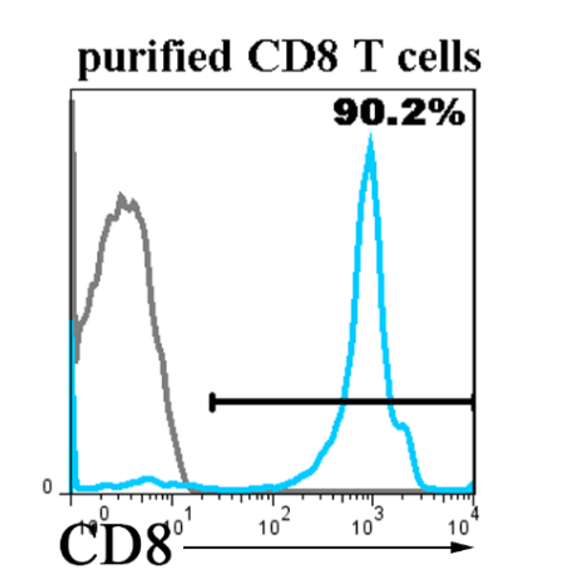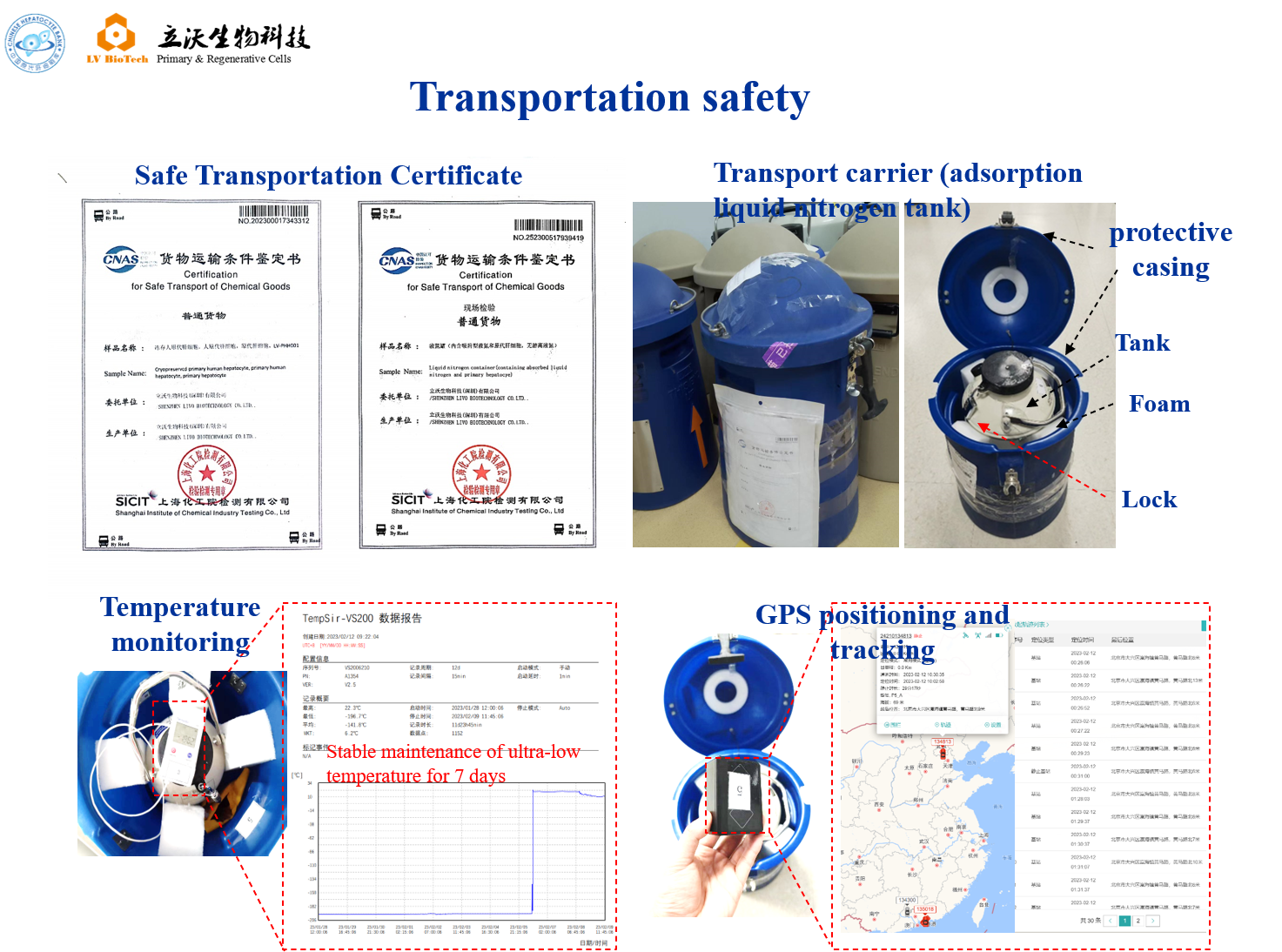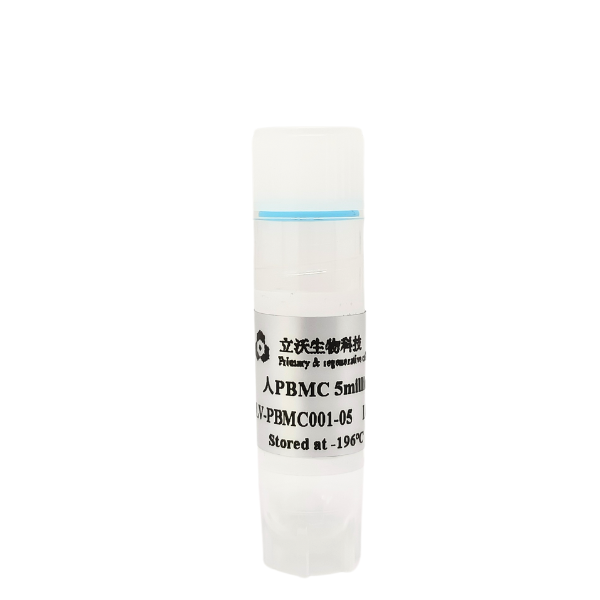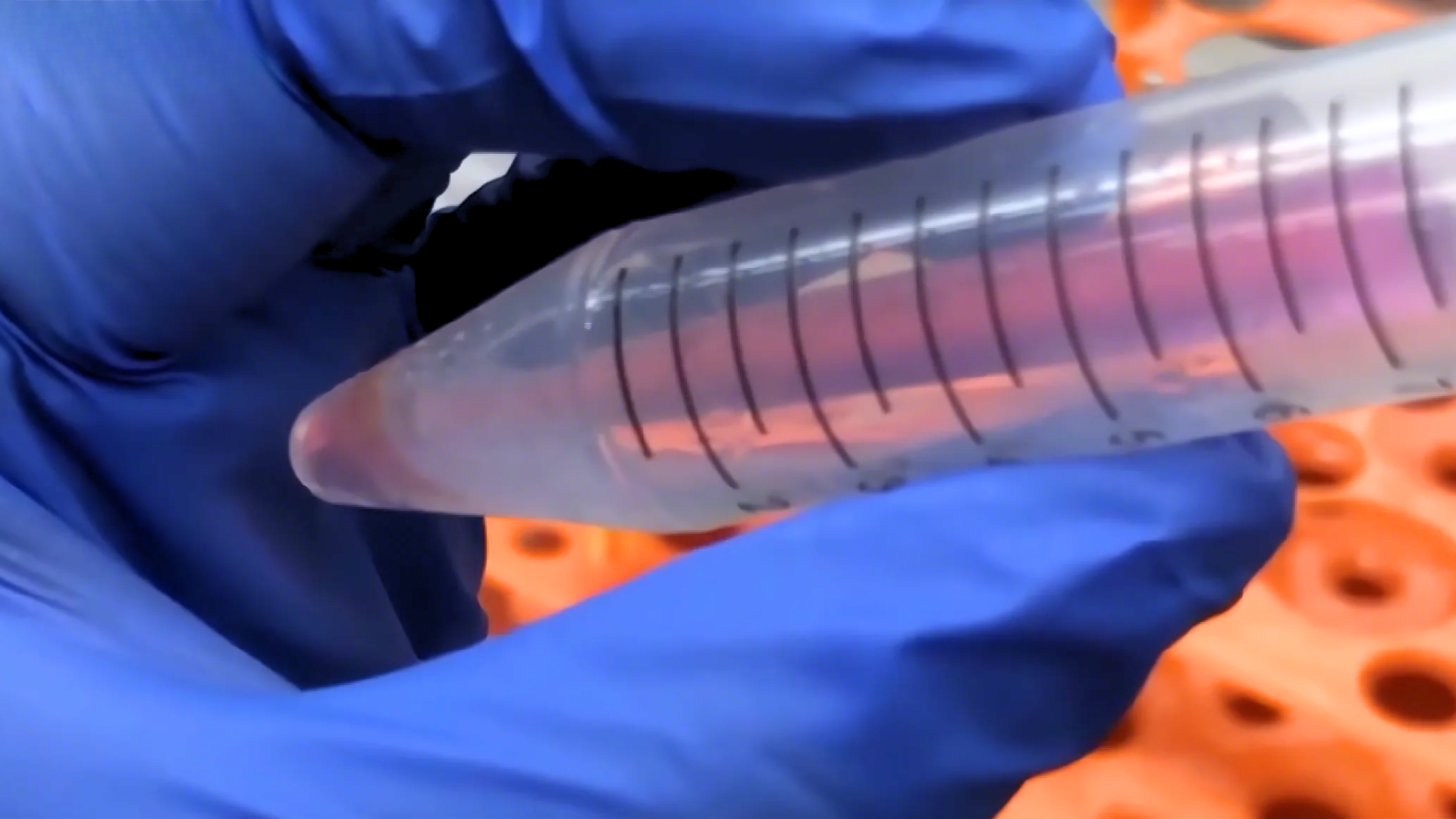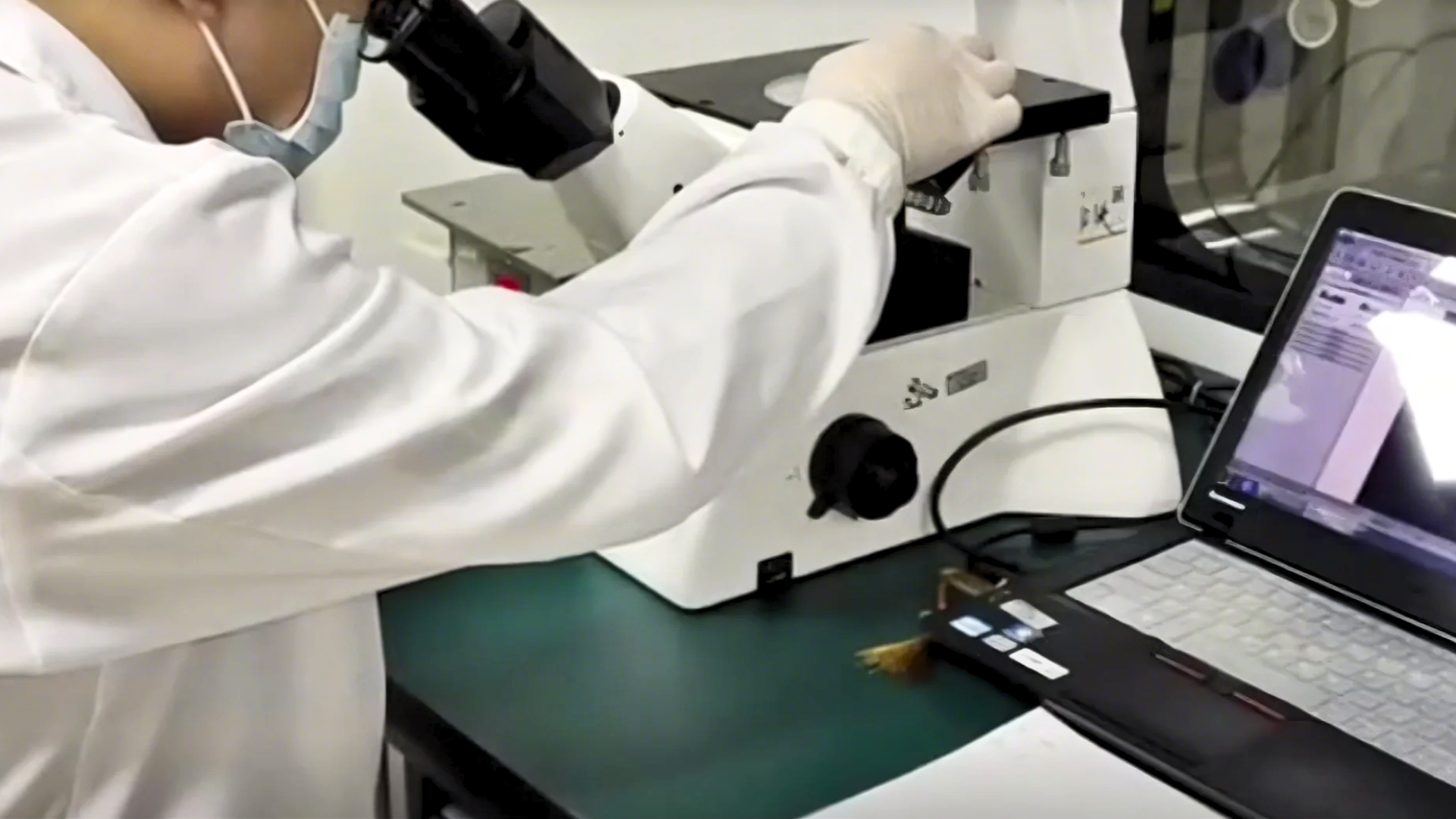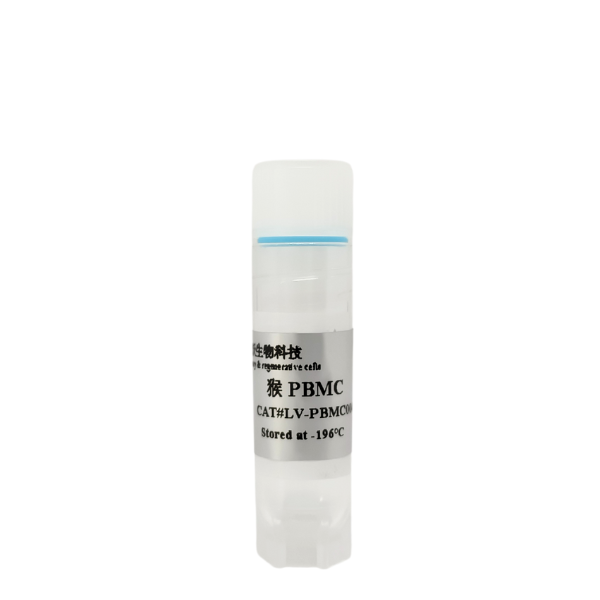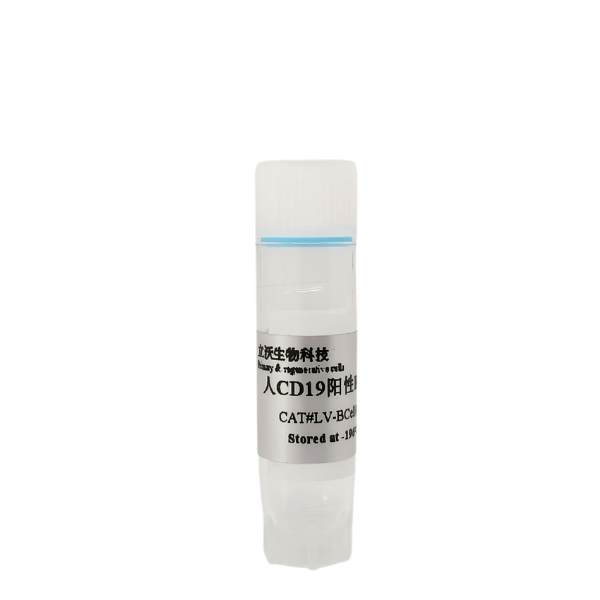Transport Mode
Liquid Nitrogen Transportation
1、Adsorptive Liquid Nitrogen Transportation ,No free liquid nitrogen ,White vapor emission indicates normal operation.
2、Temperature monitoring devices should closely monitor the temperature inside the tank during transportation. If any abnormalities are detected, you can copy the PDF and Excel data from the temperature recorder. (One end of the temperature monitoring device can be unplugged to reveal a USB connector. Simply insert it into a computer to copy the data. If you encounter any difficulties, you can contact the sales staff and technical support for assistance.)
3、Alloy Combination Lock Designed to ensure no third-party access to the LN₂ tank or cell samples during transportation from dispatch to receipt, thereby safeguarding cell integrity.
4、GPS Tracker Enables real-time tracking of cell transportation routes to prevent loss.
5、Liquid Nitrogen Tank, temperature monitoring device, alloy combination lock, and GPS tracker are returnable components. Please store them properly and avoid damage; failure to comply will result in blacklisting.
Reference Citation
pass over.
Scope of Application
The research applications of human CD8⁺ T cells can be summarized as the following core directions:
1.Cancer Immunotherapy Development
CAR-T Cell Therapy: CD8+ T cells are engineered to target tumor-associated antigens (e.g., CD19, B-cell maturation antigen/BCMA) for the treatment of hematological malignancies and solid tumors.
Immune checkpoint research: Elucidating the inhibitory mechanisms of PD-1/CTLA-4 to optimize the clinical response of drugs such as anti-PD-1 monoclonal antibodies.
Tumor microenvironment regulation: Investigating CD8⁺ T cell exhaustion markers (such as TIM-3 and LAG-3) to explore combination therapy strategies.
2. Anti-infective Immunity Research
Virus-specific responses: Analyzing CD8⁺ T cell escape mechanisms during HIV and HCV infections to design TCR-T cell therapies or vaccines.
Vaccine efficacy assessment: Evaluating the magnitude of vaccine-induced CD8⁺ T cell responses via IFN-γ ELISpot assay.
3. Autoimmune Diseases and Immunoregulation
Regulatory CD8+ T Cells: Identifying Subsets Suppressing Autoreactive T Cells (e.g., CD8+ Treg) for Therapeutic Exploration in Multiple Sclerosis and Type 1 Diabetes
Inflammatory Balance Mechanisms: Investigating the Pro-inflammatory and Anti-inflammatory Dual Roles of CD8+ T Cells in Chronic Inflammation (e.g., Rheumatoid Arthritis).
4. Immunosenescence and Chronic Diseases
Analysis of Senescence Markers: Investigating the Association Between Telomere Shortening, Loss of CD28 Expression, and Age-Related Decline in Immune Function.
Metabolic Disease Pathogenesis: Elucidating the Pathogenic Mechanisms of CD8+ T Cell Infiltration in Adipose Tissue during Obesity or Diabetes.
5. Emerging Technologies and Translational Medicine
Single-Cell Omics: Deciphering CD8+ T Cell Clonal Expansion and Heterogeneity in Tumor and Infection Contexts (e.g., Tissue-Resident Memory TRM Cells) .
TCR Sequencing: Screening High-Affinity TCRs for Personalized Immunotherapy.
Conclusion
Research on Human CD8+ T Cells: Focusing on Cancer Immunotherapy, Anti-Pathogen Defense, Autoimmune Regulation, and Senescence Mechanisms. Integrated with Gene Editing and Omics Technologies to Drive Clinical Translation of Precision Immunotherapies.
Due to biannual updates of our product instruction manual, the following procedures are for reference only.
The most recent version included with the product shall prevail.
I Reagents and Materials
- Frozen CD19+ B cells(Cat# LV-Bcell001/002)
- Culture medium(complete RPMI1640.See the table below)
-37℃ Thermostat water bath
- Biosafety cabinet
- Sterile centrifuge tube of 15 ml
- 37 °C/5% CO2 incubator
-Wide-mouth Pasteur pipette and wide-mouth pipette tip
- Pipette
- 75% alcohol
II Complete RPMI1640 Culture Medium
Components | Dosage |
Incomplete RPMI1640 solution | 500ml |
L-Glutamine(L-Glu) | 2mM |
2-Mercaptoethanol(2-ME) | 50μM |
Penicillin | 100μg/ml |
Streptomycin | 100μg/ml |
FCS(Inactivated at 56°C for 30min) | 50ml |
III Resurgence and Plating of Cells
1. Place the complete RPMI1640 medium in a 37 °C thermostat water bath to fully preheated.
2. Quickly transfer the frozen cells from the refrigerated position to a 37 °C thermostat water bath. Immerse them as much water as possible at 37°C and shake horizontally. But make sure the lid of freezing tube remains above the water.
3. Thaw the freezing tube for about 90-120s, until it is just completely dissolved into solution.
4. Sterilize the freezing tube with 75% alcohol and transfer it to a biosafety cabinet.
5. Carefully aspirate the thawed cells and move to the centrifuge tube of 15 ml. Rinse the centrifuge tube and the pipet tip of aspirating cells with medium.
6. Shake the centrifuge tube while adding complete RPMI1640 medium to 12 ml (Note: the first 3 ml should be added dropwise and shaken, and the next 9 ml can be accelerated). Finally, mix upside down and mix well.
7. Centrifuge of 500 × g at 20 °C for 8 min, with ascending to 7 and descending to 4.
8. Discard the supernatant, add 3 ml of complete RPMI1640 medium to resuspend the cells and count with trypan blue staining.
9. Repeat step 7 again. Resuspend the cells with complete RPMI1640 medium and plate them at the density required by the experiment.
10. Incubate in a 37 °C/5% CO2 incubator.
IV Customer Service
If you find any quality problems with the product, please collect the original data and contact the company's salesmen or technical support at the first time. The company ensure after-sales service. Every laboratory has different conditions, different operating habits, different proficiency, and objective factors in experimental failure. If the operation is not strictly in accordance with the instructions or exceeds the time limit of after-sales, the company does not do after-sales. Please understand and support us.
Validity period and raw data provided:
Resuscitation problems: Within 24 hours of resuscitation, trypan blue staining or PI staining should be provided.
Pollution problems: Within 96 hours of resuscitation, microscope photographs of differences should be provided.
Purity issues: Within one month, immunofluorescence or flow cytometry results should be provided
V Contact Number
Tel:0755-28284050
Technical Support: 19902901483 (Dr. Zhou)






